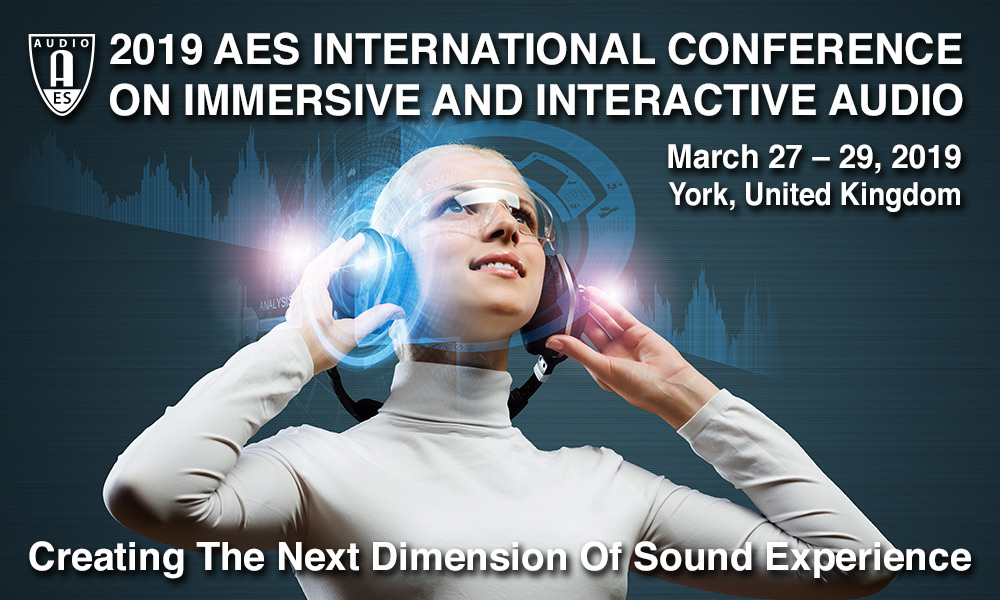| Home | Call for Contributions | Program | Registration | Venue & Facilities | Accessibility & Inclusivity | Travel | Sponsors | Committee | Twitter |

Chair: Yesenia Lacouture Parodi
Cross-talk cancellation makes possible the reproduction of binaural audio through loudspeakers. This is typically achieved by employing a digital signal processing network that controls the acoustic pressure at the listener's ears. Although this can be achieved by using only two loudspeakers, there has been a recent tendency of using loudspeaker arrays, which increase the robustness to source errors and reduce room's response influence. This document introduces a numerical study on the trade-off between cross-talk cancellation performance and the number of channels of a loudspeaker array. Special attention is given to the conditioning of the array and to how this is affected by inaccuracies in the driver response for different numbers of loudspeakers: 2, 3, 4, 5, and 7.
http://www.aes.org/e-lib/browse.cfm?elib=20425
The singular value decomposition is used to analyse the generalised modes of the radiation matrix for a symmetric three-channel crosstalk cancellation loudspeaker system assuming plane wave sources in free-field. The addition of a third centre source acts as a physical lossless regularisation that dramatically improves the efficiency of the in-phase mode. In addition, the singular value decomposition is used to analyse the source strength solution for a plane wave virtual source. The validity of the derived source strengths for real systems is shown by comparison of the analytical function to source strengths calculated using KEMAR head-related transfer functions. The analytical formula is shown to be accurate up to approximately 700 Hz in far-field and anechoic conditions.
http://www.aes.org/e-lib/browse.cfm?elib=20426